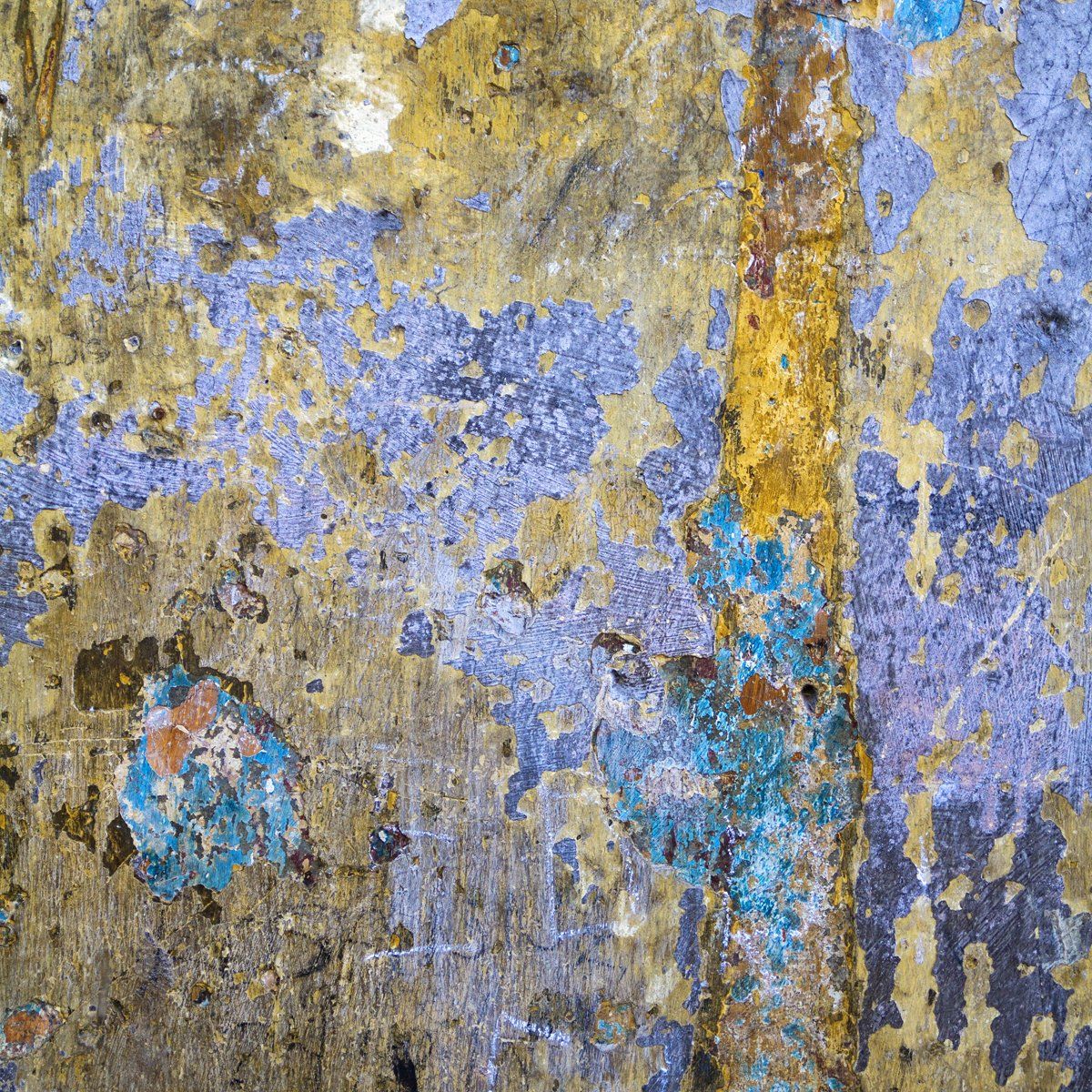Hecho en Cuba
These photos of the walls of old Havana, capturing the colors and traces of the past, offer a visual meditation like abstract canvases. They reveal a living chromatic palette, shaped by the inexorable passage of time and human intervention.
Color variations are like stories frozen in flaking paint, creating a visual symphony where each shade tells its own story. Vivid tones that slowly fade, paint chips revealing historical strata and subtle nuances are sublimated. These colorful walls tell the story of Cuba, but more generally of past events and experiences.
Traces of time, such as cracks, moisture marks or imprints left by the relentless sun, add a dimension of realism and authenticity. These visible signs of the passage of years are like scars testifying to the resilience of Cuban structures and people in the face of the challenges they have faced.
The artistic composition of these close-ups of walls transcends mere physical representation to become a meditation on the beauty of imperfection and the richness of history embodied in each fragment of peeling paint. These photos invite us to reflect on the ephemeral nature of all things and to find beauty in decay itself, transforming the ordinary into a striking work of art.
Hecho en Cuba by
Philippe Coll de Vives
Relaxation or embargo, the marks you'll find on Havana's walls are unlikely to be Rolex or H&M. They're the marks of time. The weather as well as the passage of time. Sometimes both, since here, history can suddenly become a cyclone.
It is this protected, almost hermetic time that Pierre Alain Brandt explores and crystallizes in this series of "fragments" made in Cuba, Hecho en Cuba.
Concrete slabs become abstract canvases... and yet so concrete, concrete. Sensory, epidermal freeze-frames that capture the spirit of the place and the complex, rare soul of Cuba.
In this way, the artist's gaze turns away from a classic, touristic reading of the very photogenic Havana to expose a more sensitive, photosensitive reverse side of the scenery. He sidesteps the usual clichés and places himself in counterpoint to the stereotypes attached to these emblematic facades of the island.
Those iconic Korda portraits, those stenciled murals of the holy barbudo trilogy, duplicated, replicated, tirelessly repeated to the point of obsession. Hasta la victoria siempre, venceremos, creemos en los sueños... all these slogans hammered out, bludgeoned like so many promises that have become illusory, the ideal of another time.
To the noise and fury of crowds, Pierre Alain Brandt opposes the silence of beauty and ghosts. He prefers the unspoken of pastel surfaces, palettes of ultramarine blues, pigments of plastery whites, ochres and browns deposited there by the smoke of an army of puros.
With the acuity and precision of a dermatologist, he observes the marks, cracks, scars and tattoos on the skin of houses. He deciphers the plasterwork, the strata of the past. With his lens working like a brush, he records the murmur of walls. Their memory.











